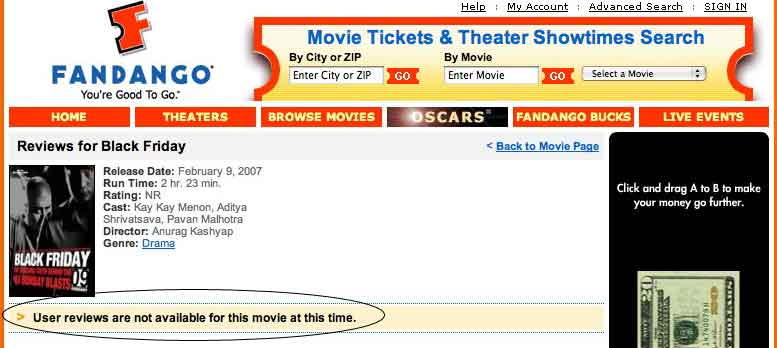The Hand is part of a compilation DVD called Eros. It includes three movies/shorts by Wong Kar Wai, Steven Soderbergh, and Michelangelo Antonioni.
I’m just going to focus on Wong Kar Wai’s “The Hand”, which kicks off the trio. The Hand is like a lot of Wong Kar Wai movies – it is a sad, sad love story. The Hand is about a prostitute (another favorite WKW theme), Miss Hua, played by the fabulous Gong Li and her tailor, Zhang (Chen Chang). It traces the life and the decline of Hua and the enduring love and loyalty of Zhang. That’s the story. That’s all there is to it — well, there are some details like her getting heartbroken over and over again, supporting a gigolo lover and finally falling ill and being destitute, but at the core, it is a sad, sad love story.
But it is so much more when you are watching it!
What I love about watching a Wong Kar Wai movie is that it is like watching thousands of frames of art. Every shot, no, every minute, no, every second, no, every single frame is unbelievable. WKW worked with cinematographer Christopher Doyle again and again, they are phenomenal together. The colors are amazing, the framing is phenomenal, the camera only moves when it absolutely should, the shot is held and held and held (no fast action cutting here), the details of production design ares stunning. I could go on and on, but the visual package is just mind blowing.
There is a scene where Zhang comes to Hua’s apartment for the first time. It is shot from inside the stairwell and the camera is static. We see Zhang through a distorting green glass, outside the building. The stairwell has very striking railing and the whole image is stunning.
There are so many of these. Like the shot when Zhang is waiting to meet Hua for the first time. He’s in the living room while she entertains a customer (the gigolo). We see a shot of the living room and the back of Zhang’s head. The customer leaves in the foreground and Zhang just sits there motionless, unsure of what to do. The shot is beautiful – red living room, dark suits, the sounds around Zhang, people talking, Hua calling him in, but he’s rooted and the camera is rooted to him.
And like the scene where Zhang visits Hua in a rundown motel. She’s trying to give it one last try to make her lifestyle work and she needs a new dress. Zhang takes her measurements with this hands. He runs his hands slowly over her shoulders and then around her waist. The moment is drawn out, Hua is crying, the cinematography is fabulous and I am crying with them. The acting is very good. The sheer emotion when Hua realizes that Zheng loves her. Loves her the way she deserves to be loved. But there’s too much of her life that has gone by, too many bad decisions made that she can’t change. That everything is just too late… too inevitable… None of this is said. It is the acting and the visuals.
Why is it called The Hand? Because the first time Hua meets Zhang, she gives him something to make him understand why she’s important, why the clothes he will make for her are important, a feeling he can carry with him every time he makes her a dress. She gives him a hand job. I know what you are thinking, but it is done with class. Hua is in control – she is showing Zhang who’s in charge. And there is a final hand job at the end, when that is all Hua can give. She’s not in control. She’s open, giving, finally when it is too late. That one is emotional and sad. A sense of desperation, of finality. And beautifully shot and cut together.
The Hand like any WKW/Doyle collaboration is a visual feast. The images evoke the emotion. The images can make me cry. While it is only 43 minutes long, this movie like 2046, and Happy Together will stay with me. The visuals are burned into my brain.


